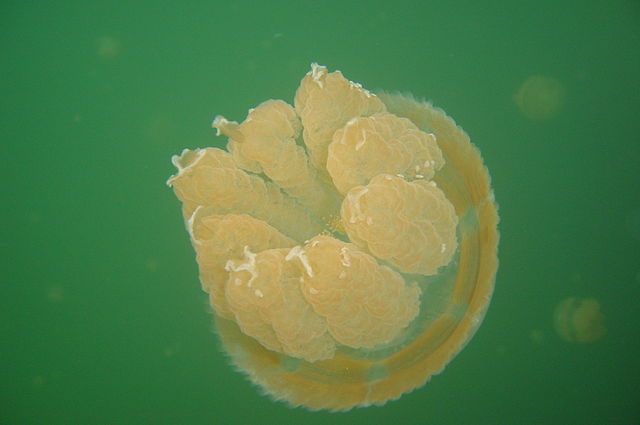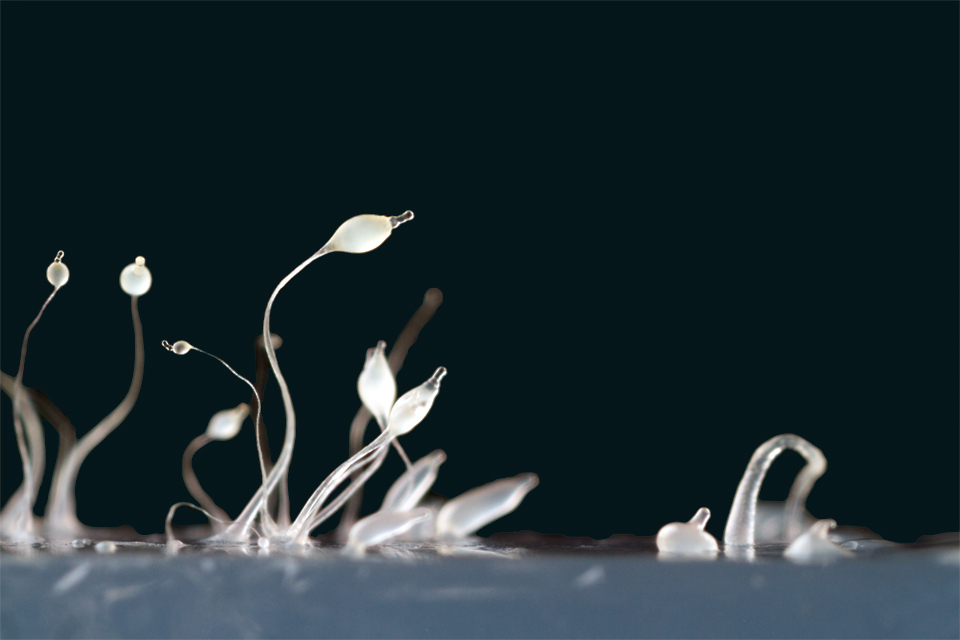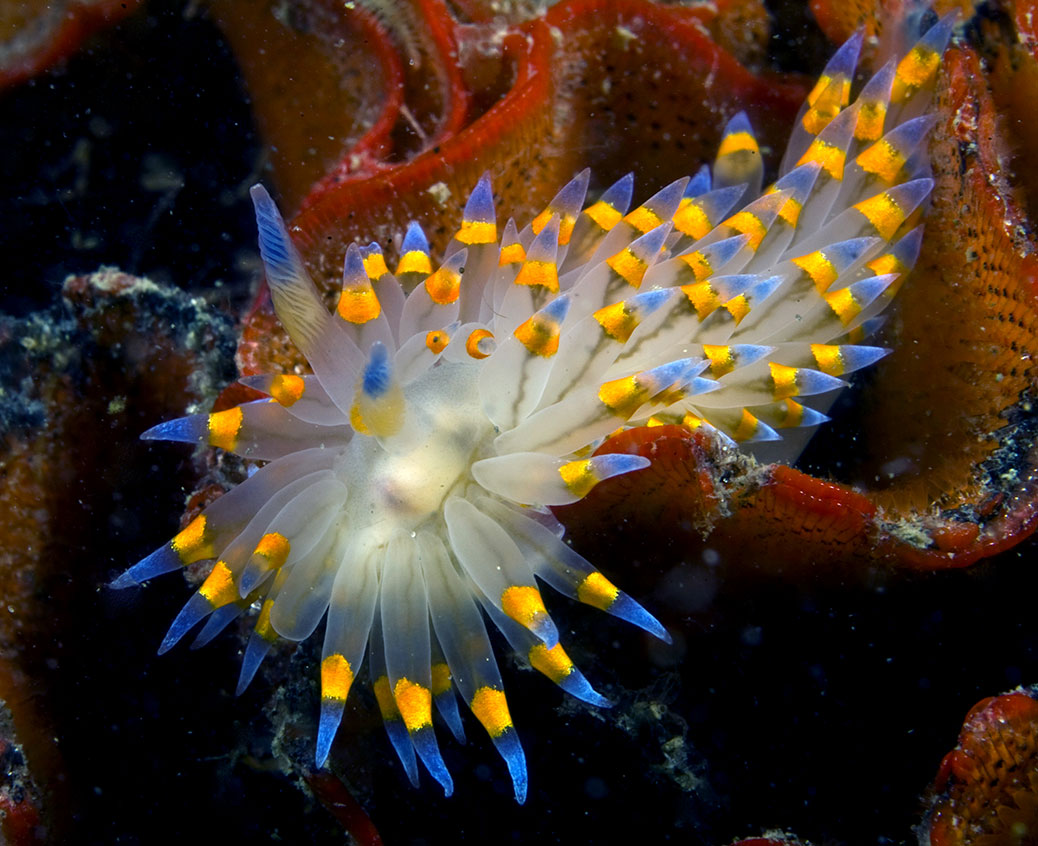Isolated saltwater lakes on remote islands of the South Pacific serve as the stage for a surprising and beautiful daily dance. Spotted jellies or golden medusae (Mastigias papua) migrate west-to-east across their lakes every day, in huge, spectacular densities. Why? Like some other jellies, Mastigias harbor symbiotic algae in their tissues. These algae (in the group Zooxanthellae) are related to those found in …
The ubiquity of lawns
I write today of a long-standing American tradition: the immaculately kept, Kentucky Bluegrass lawn. Lawns are quite complex, tying into resource conservation, food security, economics, and the underlying societal mores that govern our perceptions. We live in an era where maintaining a lawn to community standards contributes to increased home values, greater respect within the community, and provides a place that …
Altruism and Cancer from a Slime Mold’s Perspective
Main photo: Alex Wild Multicellularity is an astonishing feat of communal sacrifice. With the exception of sperm and egg (the “germ line” cells), the 40 trillion cells currently in your body will dutifully perform their particular charge to maintain the whole, intricately arranging themselves to form your arteries, lungs, liver and brain, without ever having a chance to meaningfully reproduce. Many will die …
A bacterium with many hats
Since I tend to be a one trick pony and like to tie my blog topics back to my current interests, I’m going to write about Helicobacter pylori, the bacterial species that I am studying. H. pylori is fascinating to me because it’s a big intellectual puzzle; we haven’t determined specifically how it’s transmitted between humans, whether it’s an important gut microbe …
A little perspective…
While often we are quick to bemoan the molasses-like pace of medical discovery – perhaps especially those of us who work in the biomedical sciences – sometimes a little perspective is healthy. The Guardian recently re-printed an article originally written in 1846 on the “most perfect success” of the use of ether as an anesthetic, the very concept of which …
Truth, Beauty and Sea Slugs
*Main photo: Ken Bondy Check out this gorgeous photo gallery of sea slugs by National Geographic photographer David Doubilet! These sea slugs, called nudibranchs, have evolved zany colors for your personal enjoyment, and also to warn predators about the toxic compounds they contain. Some nudibranchs make these compounds themselves, but many extract and concentrate toxins from the sponges they eat. Retaining toxic compounds is far from …



